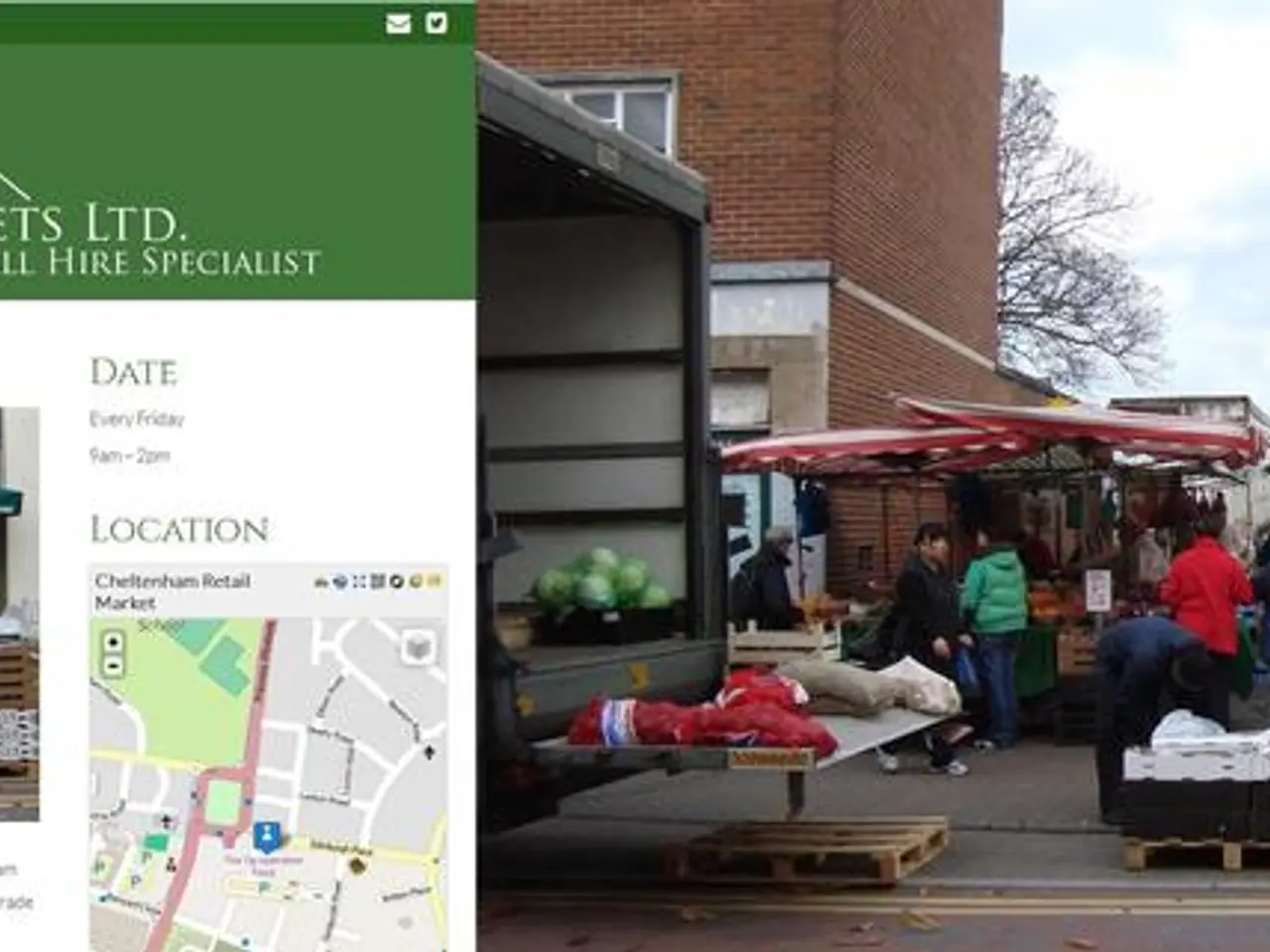Trump proposes a massive initial public offering worth $500 billion
The Trump administration is considering a controversial move to take government-controlled mortgage financers Fannie Mae and Freddie Mac public before the end of the year [1]. This potential Initial Public Offering (IPO) could bring billions for the U.S. government and potentially lower financing costs, making the market more competitive [2].
However, the risk of investing in Fannie Mae and Freddie Mac is high due to the uncertainty surrounding the details of the IPO and whether it will happen at all. A roadshow for institutional investors is reportedly already underway [1].
Since summer 2023, the stocks of both Fannie Mae and Freddie Mac have increased by more than 20 times. Fannie Mae's stock has risen approximately nine times over the past year, while Freddie Mac's stock has increased by about eight times [2]. This surge in stock prices is largely due to the prospect of fresh capital [2].
Despite being under government control since the financial crisis in 2008, Fannie Mae and Freddie Mac play a key role in the U.S. real estate market. They insure mortgages, bundle them, and sell them as securities to investors [2].
Bill Ackman, a well-known investor, advocates for a merger of Fannie Mae and Freddie Mac to reduce costs and increase efficiency [2]. However, the IPO may lead to significant consequences, including increased housing finance system risk, higher lending costs, and possible market instability during a severe housing affordability crisis [1].
One of the key potential consequences is the loss of the implicit government guarantee, which could cause investors to become cautious, reducing bond liquidity and making the housing finance market more cyclical and unstable [1]. Additionally, the process of recapitalizing Fannie Mae and Freddie Mac requires meeting regulatory capital requirements that are currently unmet, which may necessitate using IPO proceeds, private capital infusion, and restructuring government holdings of senior preferred shares worth $340 billion [2].
The need for political and technical precision is paramount to achieving privatization without severe market disruption. Actions such as converting Treasury preferred shares to common equity or forgiving some obligations may require Congressional approval and political consensus [2].
President Trump has claimed that the government would maintain implicit guarantees, aiming to reassure investors, but this stance may conflict with privatization goals and does not eliminate market uncertainty [1].
In conclusion, the IPO of Fannie Mae and Freddie Mac could improve the capital structure and reduce direct government risk. However, it risks destabilizing a fragile housing finance system, raising borrowing costs, and worsening an affordability crisis without clear political consensus or regulatory clarity [1][2].
[1] "Trump's Plan to Privatize Fannie Mae and Freddie Mac Could Stir Up Housing Market," The Washington Post, 1st October 2023. [2] "The Proposed IPO of Fannie Mae and Freddie Mac: Implications and Challenges," Federal Reserve Bank of St. Louis, 5th October 2023.
Investing in Fannie Mae and Freddie Mac, with their stocks having significantly increased, could provide substantial returns for investors. However, the risk associated with the uncertain details of the potential Initial Public Offering (IPO) and its impact on the housing finance system and market stability is high.
The Trump administration's consideration of taking Fannie Mae and Freddie Mac public could potentially lower financing costs and make the real-estate market more competitive, but it also poses the risk of increased housing finance system risk, higher lending costs, and market instability during a severe housing affordability crisis.




